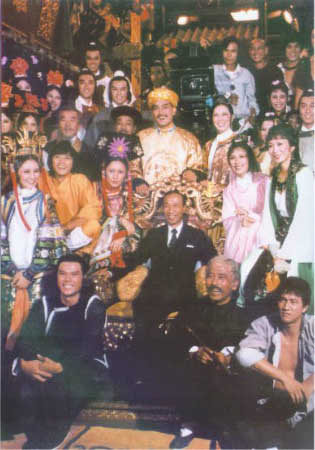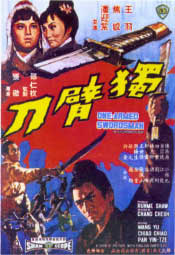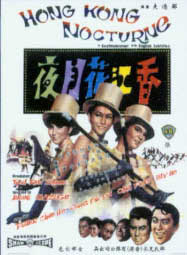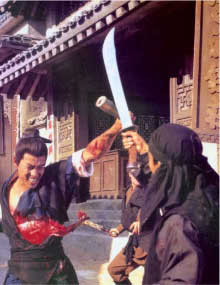



The success of Shaw Brothers in the 1960s Hong Kong film industry is unquestionable. The company formed in 1957 and became the largest privately owned studio in the world (1). Shaw Brothers quickly captured the audiences in Hong Kong with millions watching films such as The One Armed Swordsman (Chang:1967) and Come Drink With Me (Hu:1966). Yet as quickly as they had risen to the top, Shaw Brothers started to lose their dominance in the market.

This project is an historical overview to critically profile the rise and fall of Shaw Brothers, explaining how they came to power and then subsequently lost their status. I feel there is a lack of academic writings on the significance and downfall of this company, so I shall explore in detail the turbulent events that shaped one of Hong Kong’s most important film studios. Focus will be on significant moments in Hong Kong film history to explain what it was about a Shaw film which made it so popular to the audiences and why this popularity waned as the 1970s progressed and rival firms brought out films that were more successful.
An important thing to mention is that my main direction in this project will be looking more specifically at the Shaw Brothers martial arts films (though I will not ignore the other popular genres from the company such as their musicals and comedies). This is because I feel that it was the martial arts film (especially the wuxia film) that shaped the Hong Kong film industry in the early 70s and I want to explore Shaw Brothers’ influence, business strategies and failings in relation to this genre. While movies such as The Love Eterne (1963) and Hong Kong Nocturne (1966) were hugely popular and landmark films for the company, I feel it was the business decisions made in the development of wuxia and kung fu which mark important moments and changes in the company’s troubled history and the industry in general. To achieve this I will be looking at factors such as the style and spectacle of the martial arts film (by studying their mise-en-scene) along with exploring their narratives to consider how they evoked emotions and resonance with the Hong Kong audience between 1957 and 1985.

This project features three chapters, each identifying a key point in Shaw Brothers’ history. Every chapter will also be split into three sections, each highlighting a particular area of focus. I will look at “industry” which discusses how Hong Kong cinema was evolving and how Shaw Brothers adapted to these changes. Then “aesthetics” which observe the changing style of the films produced in Hong Kong and finally “representation” which explores the implications of themes and characters featured in the narratives. By reading through each chapter, it is possible to link these subsections together, for example how Shaw Brothers’ approach to industry links to the representation of heroic characters in their films. As each chapter focuses on a different period of time, it is possible to observe the changing structure of the company through the years to gain a clear understanding of how Shaw Brothers and its rivals evolved.

The first chapter discusses the rise of Shaw Brothers and how they succeeded in becoming the most powerful entity in 1960s Hong Kong cinema, looking at the foundations of Shaw Brothers origins and observing how it overtook the success of rival groups such as MP&GI to become a virtual monopoly in the Hong Kong film industry with its “wuxia century”. The following chapter focuses on the next significant period in Hong Kong cinema history where studio competition changed the shape of the film industry. This chapter concentrates on the period of the mid 1970s where the Shaw Brothers showed signs of weakness against rivals such as Golden Harvest. The final chapter marks the closing years of Shaw Brothers where film production came to a halt in 1985. This section will look at the last few efforts of the once powerful company in trying to regain its audience by imitating popular themes rather than creating new ones. Using critical writings on the Hong Kong film industry and various films to aide me, I shall produce a detailed analytical account of Shaw Brothers troubled history.
1. Sourced from The Shaw Screen (Chung, 2003
pg8)
